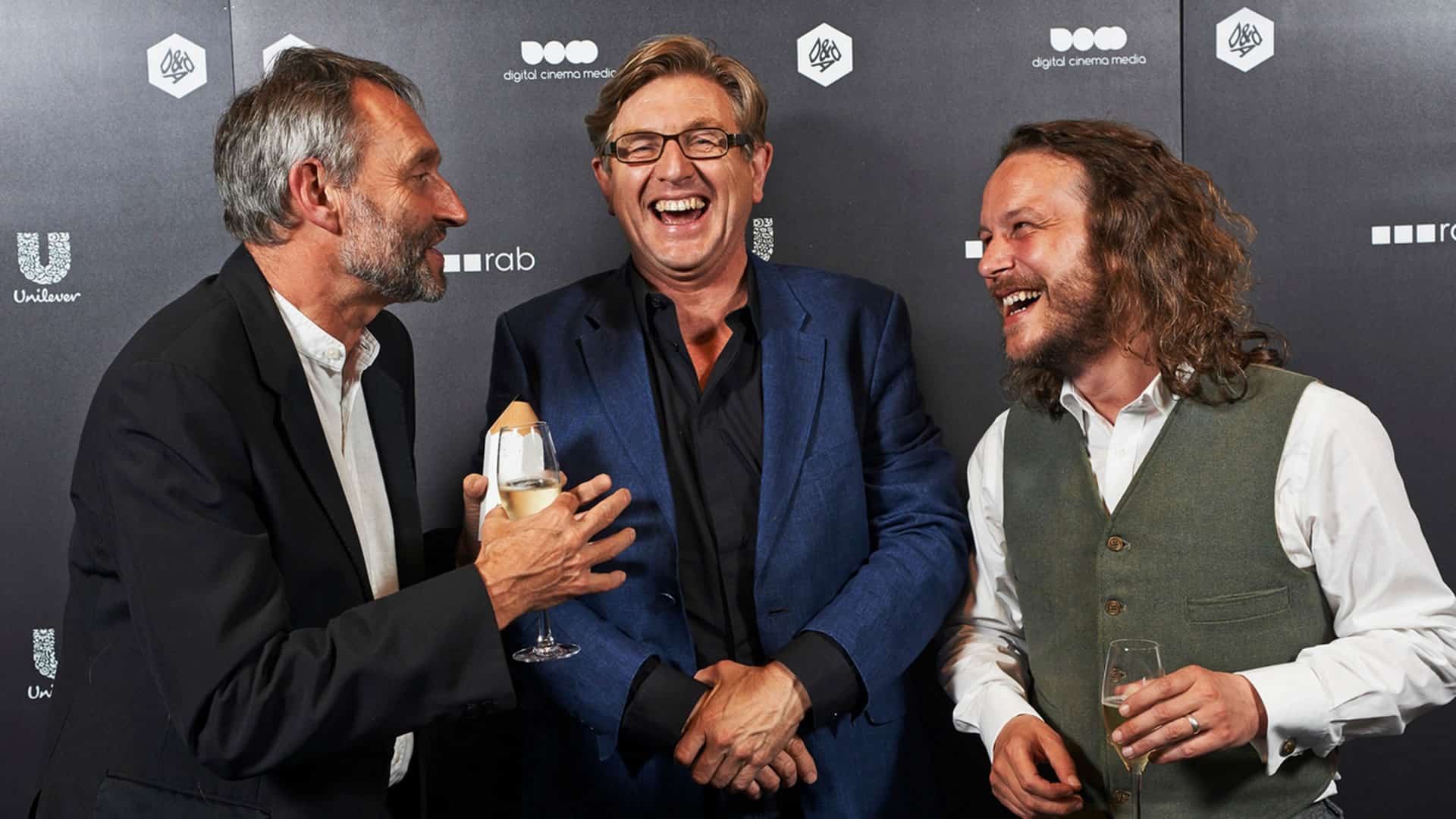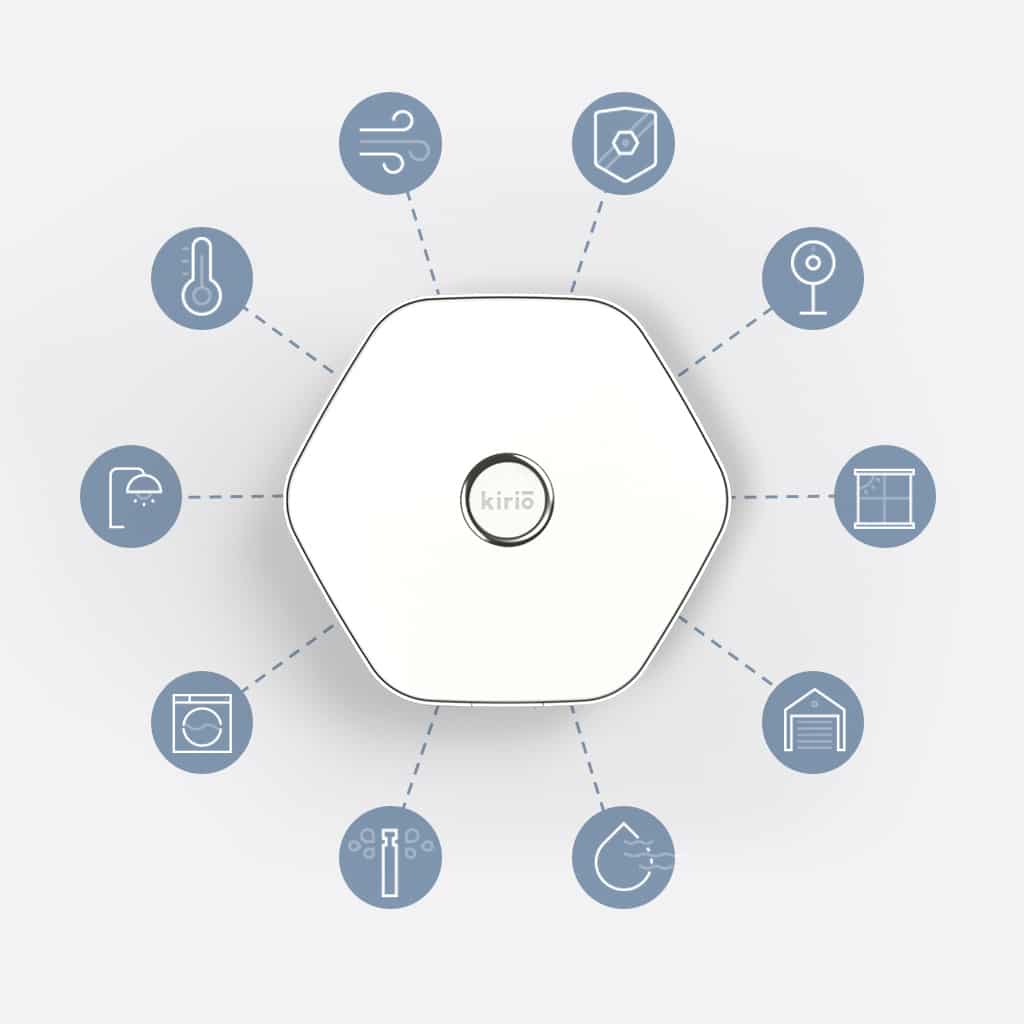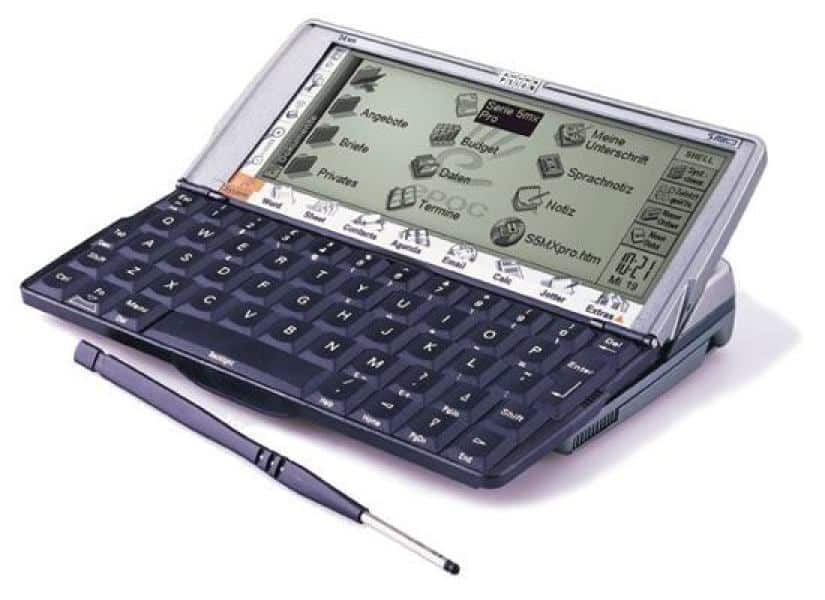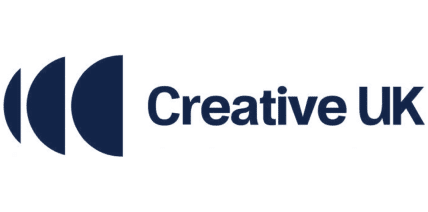This article was written by Decision Magazine for WardWilliams Creative and Creative UK.
“Most people move forward looking in the rear-view mirror, seeing what’s gone before, so a great product designer is one who is prepared to challenge a client’s pre-conceptions of what the outcome will be,” believes Graham Brett, co-founder of product design consultancy Therefore. “Part of that DNA is to ask radical, left-field questions. From challenging the brief comes the fresh thinking that is the one percent inspiration for the concept. And from there it’s the ninety-nine percent perspiration.”

Table of contents
Mind Gymnastics
It’s not just clients who need their thinking challenged, he says, but sometimes the designers too. “If we don’t, why would customers come to us? But it’s amazing how many people don’t have instilled into them the ability to look at things differently.
The average human being probably doesn’t have an original thought from one week to the next. We all like routine in what we do and think so you have to learn to go ‘out there’ mentally, and then come back in. It’s like mind gymnastics to loosen up your thinking.
“I want to slap wrists sometimes when I see designers researching other products on the internet; my attitude is lock yourself in a room, pretend you have never heard of this product sector you’re working on before and think if you were designing the perfect product for yourself, what would it look like?”
That’s not to say Brett is suggesting that research isn’t needed – far from it. “If it’s a new client in a new sector there’s a research phase to validate their suppositions,” he explains. “Part of that research involves establishing what the price point should be. More mature clients will know down to the last cent where their product should sit in the market but newer businesses might not.”
“Clients can be likened to biorhythms,” he observes. “Development cycles tend to be annual because new products are launched at annual trade shows. Product design is a three-stage process: concept, prototype and the final CAD engineering drawings. And there is a long apprenticeship to get to the point where clients will trust an agency to undertake this process and then see their products through to production.”
Conceptual Innovation
Conceptual innovation, he says, can be subtle but makes a lot of difference. For example, the designers of the Psion Organiser addressed the issue of accommodating a large battery by putting it in the spine of the device and then using the spine as a hinge.
“We have been lucky to work with cutting-edge technology,” observes Brett. “For example we were the first to design a digital radio, we designed one of the first touchscreens in the world, and created the first injection-moulded suitcase for Samsonite, which took colossal capital investment.”
But Therefore are not just conceptual, he emphasises. “Over 90% of projects we start get to market. For a product designer it’s all about the deliverables, with the ability to hold the hand of clients – especially start-ups with zero experience – all the way from pre-concept and marketing analysis through to the final manufacture; we even liaise with the factories.”
That’s important because much of the manufacturing as a consequence of Therefore’s design work is done in the Far East, and Brett has a database of Chinese factories which can make the various product types. “I have a list of twenty that make audio products alone,” he says. “It’s all about experience and being a trusted pair of hands to the client.”

Graham Brett Therefore Journey
Brett started the business in 1993 with co-director Martin Riddiford, a friend from art school. “Our ambition was more vocational than financial, he recalls.
“It was about the enjoyment that comes from the diversity of design and creating radical new solutions in response to new insights, and developing these into successful, award-winning products.”
They chose the name Therefore because that word always formed part of conversations about creative concepts, explains Brett. “… therefore, we will design it this way.”
Their first client, Psion, became so successful in the 1990s with their early electronic alternative to the Filofax that they got onto the FTSE 100 and were valued in billions.
“When we saw the Psion product in the Science Museum, because it was deemed to be a seminal product, that’s when we knew we were getting old,” Brett laughs.

While clients today include many other household names, Brett also likes working with small businesses, saying some of their best clients have been start-ups, who have rewarded Therefore with their loyalty as they grow.
The prime example of this is satellite navigation company TomTom, who within a few years from start-up were valued in billions of euros.
Business Model
Therefore’s business model was initially to charge on a fee basis, but the partners found that some clients worried about the financial risk that entailed, given that a product might not be successful. So they can offer to share the risk with the client by accepting a mixture of consultancy and design fees plus royalties. Rather like in the music industry, as long as you have more hits than misses, this is a viable business model, says Brett.
“We once designed a radio which we would have charged about £20,000 for on a fee basis, but instead we agreed to earn a dollar for each one they sold – and they have sold 300,000 units over the past twelve years.
“It takes at least twelve months to get a product to market and it could be eighteen months before we get a return. But if it’s still selling after ten years, we can do quite well out of it. Every quarter, we get payment of several thousand pounds for one audio product that we designed.”
According to Brett, the UK punches above its weight in creating cutting-edge technology but we are not good commercialising it. This is possibly due to a lack of support from government for the creative industries, he suggests.
“When I did my degree in the seventies, there was strong support for creative education in fashion, architecture and design, but I worry that design has slipped off the curriculum since then. There is massive under-estimation in political circles of how important it is.”
This is reflected in the lack of access to funding, he goes on.
“If you look at Silicon Valley, there is a massive difference; there is so much commercial energy there and much more availability of funding. For designers in the UK, access to funding is close to zero and getting capital is nigh on impossible.”
He cites one of the agency’s own product development projects, GravityLight, a portable device which generates electricity.
“We just couldn’t attract funding for it and it ended up being funded by a personal friend who fell in love with the idea. It’s ironic,” he goes on wryly, “that banks will throw millions at property investors, which is why we have a property boom.”
Crowdfunding
Crowdfunding can be a great option for creative businesses, Brett adds. Therefore have raised nearly $6million over the course of thirteen campaigns, some for clients’ projects and some for their own. The most financially successful is a start-up called Gemini, who make an integrated Qwerty keyboard Android phone. That product is now commercially available from Planet Computers.
In some cases, such as Gemini, the agency will take an equity stake in a start-up business in lieu of fees.
“There are some ventures we like so much that we invest ourselves and end up owning the business. We have become almost a management consultancy, a venture capitalist, not just a product designer.”
Although he dislikes comparisons with Dragons’ Den, he admits such a relationship is rather like that model.
“There are a lot of stellar things that have to align for a product to be successful, so we give start-ups a hard time about their business plan because it has to be resilient,” Brett says. He also factors in the belief that it could be the right product at the right time at the right price to capture the zeitgeist – or that it could be a false dawn.
Therefore Products
As well as designing for clients,Therefore also create products in their own right. For example they developed a product called PuttOut to help golfers improve their putting.
“We sold 100,000 of them in the past year,” Brett says. “If I’d realised the potential, we’d have launched it ten years ago, when we first developed it.”
Another Therefore product, with a far more serious purpose, is the aforementioned GravityLight, the portable device which generates electricity powered by the lift of a weight. As the weight falls it turns a gear train, driving the motor that powers the LEDs. GravityLight doesn’t need batteries or sunlight, costs nothing to run. It takes seconds to lift the weight, creating twenty minutes of light on its descent. The product is designed for those who live off-grid or who have regular power cuts, in Africa in particular.
“The original brief,” Brett explains, “was to design a solar panel, but panels need batteries and they can be stolen and they need sufficient sunlight to charge them. So we aimed to design a product that could generate electricity without sun and without a battery. The idea was probably bonkers but we thought actually we can do this.”
Brett explains that the usual option for people who live off grid is to burn kerosene. The problem with that is that they then suffer from respiratory problems and burns.
“And it eats a lot of whatever disposable income they have. The main objective with GravityLight was that the price would be no more than the users would have spent on kerosene in three months. So after that time it has paid for itself and then they can spend their disposable income on seeds or other assets.”
Today, Therefore employs some thirty people, including specialists in engineering, model making, electronics and the user interface/user experience. “Interaction is key for successful design,” Brett suggests.
“I was freelance for a while and I went crazy being on my own.”
Decision Magazine
Much is made of the future of this country as being a knowledge-based economy, but actually, the real prospects are to be found not just in developing technology (often swept away by overseas interests) but in creativity.
There’s empirical evidence. British designers are in demand worldwide, and UK creative companies are involved in prestigious, innovative work across the globe.
In a series of interviews with WardWilliams Creative, they consider their approach to business and their specific qualities, and give a view on how the UK can encourage creativity. The interviews will be brought together as a report to be published by DECISION magazine and then as a digital book.








